Movie Review Outline
Last March 4, 2018, the 90th Academy Awards was held at the Dolby Theater in Los Angeles. Big names and personalities from all over Hollywood came to pay their respects and tribute to the nominees that were selected by the Academy for being the best at their craft. But what makes a best picture? What particular criteria would make for a best director? How is the best actor or actress chosen?
The Academy is made up of at least a panel of judges who have their own personal opinion on which motion picture truly deserves to win. It is almost very impossible that a mainstream movie would be nominated for the Best Picture. But just in case it gets nominated however, it will only be limited to the other categories such as Best Cinematography or Best Sound Mixing (Star Wars: The Last Jedi). There are roughly 5800 members of the Academy of Motion Pictures that help decide on what movie truly deserves to win an Oscar. You may also see essay outline.
All movies released by Hollywood undergo screening as to whether it does not only meet their criteria for a great and worthwhile movie, but as to whether that movie was able to deliver a strong message to the public. Now, you may not part of the Academy, but that does not mean that you cannot voice out your opinion about what you feel about the movie. Although movie reviews are often very subjective, keep in mind that your comments about the film are also there to make room for improvement on whatever aspect you think needs improving; be it in the cinematography part, the acting, or perhaps the sloppy story per se. You may also see free outline.
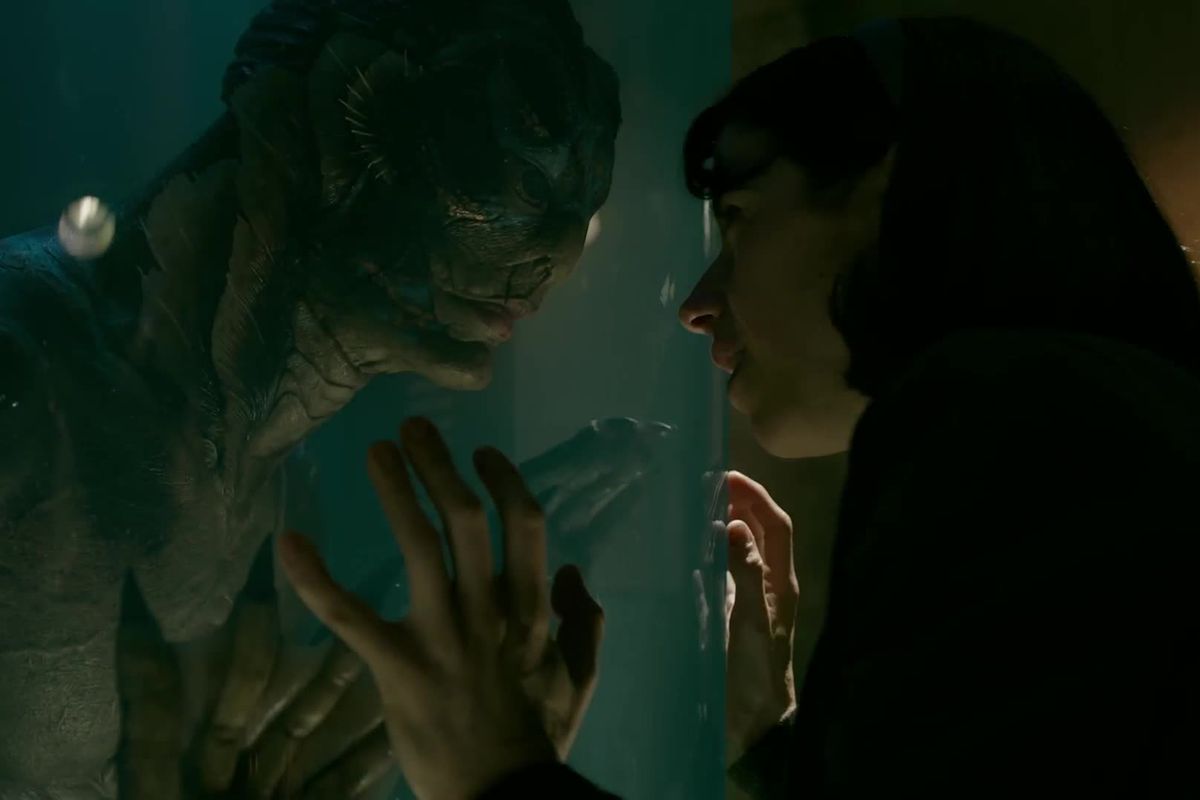
Film Review Outline
Although there is no right or wrong format in writing a movie review, it is always to best present it in such a way that all the thoughts are neat and organized that will provide the readers a very smooth transition of your review. You may also see topic outline.
I. Introduction.
A. Describe a scene, incident, or dialogue from the film. When writing a movie review about a certain motion picture, do not start directly with your opinion or criticism on the film, but instead begin by recalling a certain part of the movie that you find the most intriguing, something that you cannot forget so easily and start talking about it. You may also see program outline.
B. Remind the reader of the last film by this director or lead actor. If this movie was the director’s first ever solo movie (Jordan Peele on his movie Get Out), then you can try proceeding to the movies that the lead actor or actress has starred on. If that was also a first for the lead actor, then try connecting the film with a current event or situation. You may also see speech outline.
C. Or connect the film with some current event. Although this is not normally seen in movie reviews, it is still very much applicable especially when you are unable to do the previous option. In Get Out, the film may still address racism, but it is not done in a traditional way. The kind of racism this film addresses is a little more subtle– a type that is more covert and not so obvious. You may also see script outline.
This particular racism is possibly the reason why you have to watch the tone you speak while talking to police to not sound treating and wind up in the obituaries. Jordan Peele was a true genius when he not only directed, but also produced and wrote “Get Out” layering the film with symbolism and satire that mirrors the current black experience. You may also see biography outline.
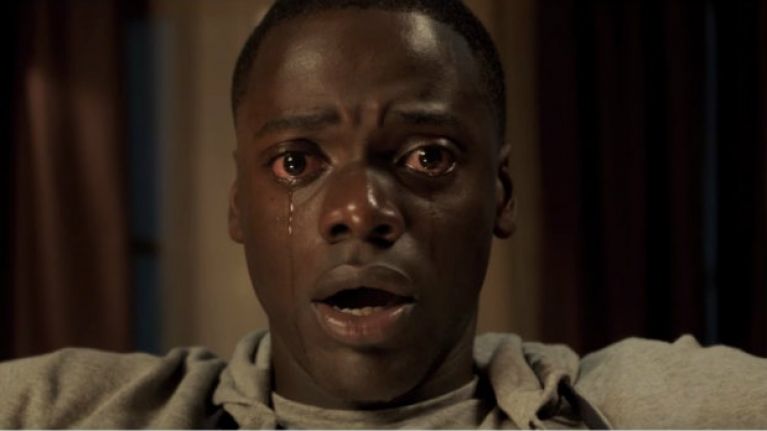
II. Thought Organization
1. Description/summary. You have already given a scene that was able to intrigue you. Now that is done and over with, it is time that you provided the audience a detailed version of the movie itself. Not necessarily scene per scene, but present it in a way that all the important points of the movie are covered and accounted for. You may also see content outline.
2. Analysis (Literary, Dramatic, and Cinematic). After giving a detailed synopsis about the motion picture, you then proceed to the analysis stage wherein you begin to break down the technical and physical aspects of the film that have either impressed you, or completely failed you, or you feel like that it could be worked on and eventually improved. As mentioned before, it can range from the cinematography, the story, the color grading, the music, the story, the acting, the special effects. Whatever you aspect you feel like needs recognition, put it there. You may also see leadership outline.
3. Evaluation (Was the film entertaining or not? Why?). Once you finished your analysis, provide your final evaluation of the film as to whether you have enjoyed it or not. If you have enjoyed it, provide a reason why. If not, provide a reason why. Provide justice to the film. You may also see tentative outline.
4. Conclusion. Start strong and end strong to any form of literature that you are going to write.
Film Review Outline Example
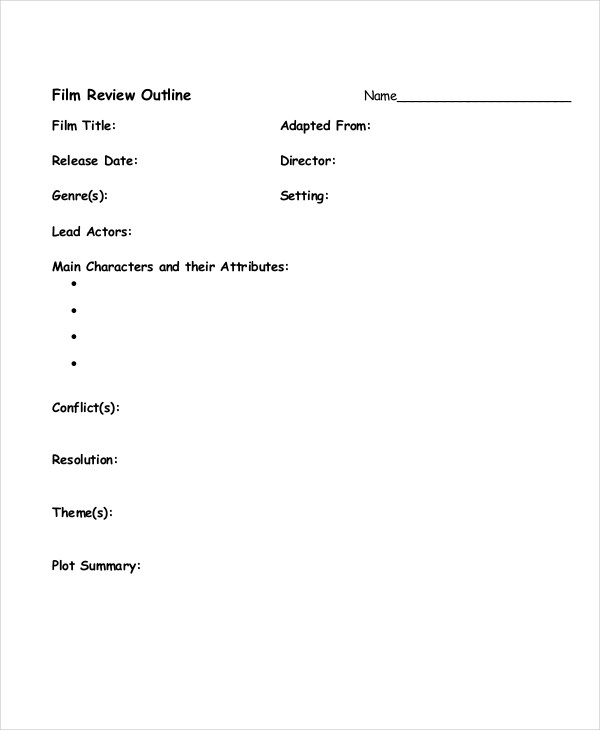
Studying Your Source Material
1. Gather basic facts about the movie. Be it before or after the movie, you should learn to gather the important details of the movie such as:
- The title of the film, and the year it came out.
- The director’s name.
- The names of the lead actors.
- The genre.
2. Take notes on the movie as you watch it. That’s like a job of a journalist or something. But if you are really serious about reviewing a specific movie, grab a notepad or even your laptop. You may also see chapter outline example.
- Write whatever aspect you think stands out in a positive or negative way. Think about how this detail relates to the rest of the movie and what it means in the context of your review.
- Take note of patterns you begin to notice as the movie unfolds.
- Don’t be afraid to hit the pause button once in a while. Rewind if you need to.
Documentary Movie Review Outline
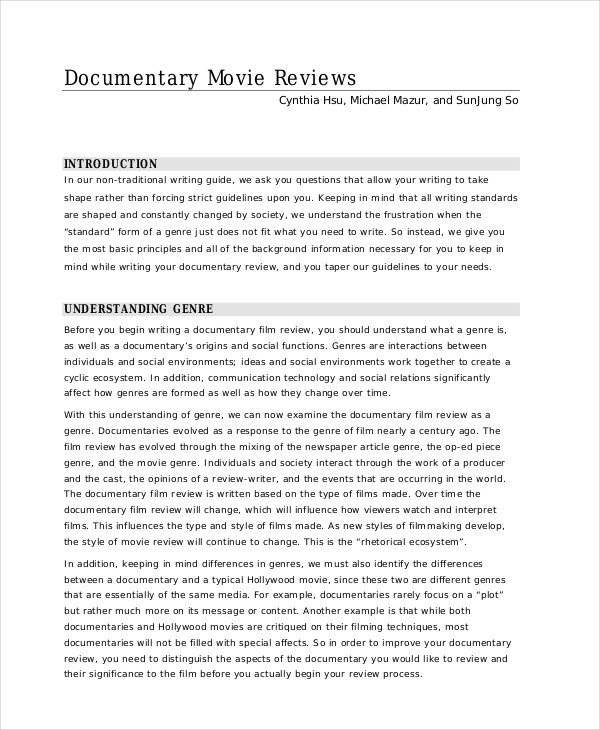
- Direction. How do you think the director wanted his or her story to be told? If there are some specific gaps that were not answered in the movie or it was just plain slow, you can ask the director about it. At the same time, do a comparison to the movies that were directed by the same person and identify which you liked better. You may also see research paper outline.
- Cinematography. What techniques were used to film the movie? What setting and background elements helped to create a certain tone?
- Writing. Script writing is the heart of every good story, which also includes the dialogues and the character’s personality. Did you think the plot was interestingly unique, or was it too cliche and boring?
- Editing. Another important aspect in making movie magic are the people behind the computer making the magic. The transition of the scenes, the kind of cuts they use, the color grading, the sound or special effects used, the computer-generated image (CGI). All these are very important to make a movie be as realistic and creative as possible. You may also see training outline.
- Costume design. Do the costumes fit the scene or the action sequence that he or she is playing? In the world of cinema and film, you need to have an eye for fashion especially when you want to make the icon more memorable. Take the costume of Wonder Woman or Indiana Jones.You may also see book outline.
- Set design. Consider how the setting of the film influenced its other elements. Did it add or subtract from the experience for you? If the movie was filmed in a real place, was this location well-chosen?
- Score or soundtrack. Indiana Jones. Star Wars. The Extra Terrestrial (E.T.). All composed by the man and the legend, John Williams. He does not choose any song willy-nilly. He takes the time to conduct an in-depth analysis of each scene in order to determine what specific mood must be set for that particular sequence in order to achieve maximum effect, especially among the audience. You may also see thesis outline.
4. Watch it one more time. It’s impossible to fully understand a movie you’ve only seen one time, especially if you’re pausing it often to take notes. Take the time to review it once more completely, without any disturbances and look back on the things that you’ve written as to whether they are correct or not. You may also see APA outline.
Performance Review Outline
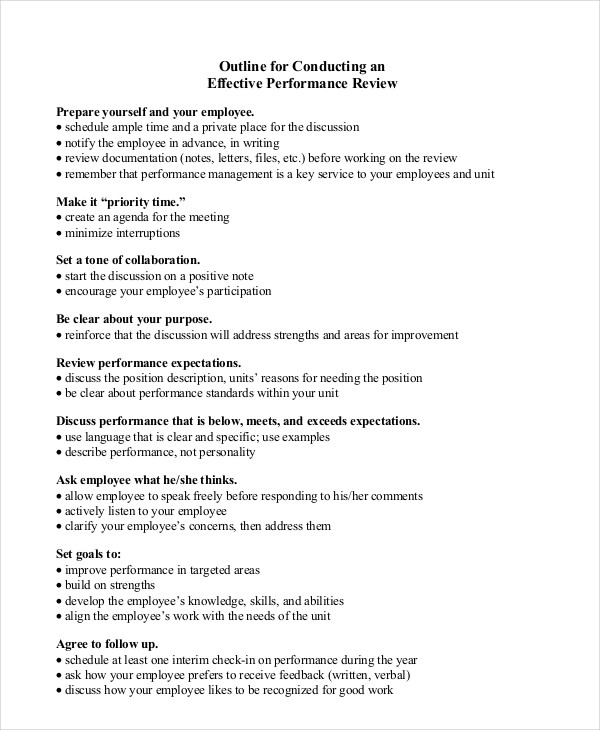
Reviewing your Movie Review
-
Edit your review. Once you’ve finished the first draft, read it through and decide whether it flows well and has the right structure. At this stage, you may need to shift around paragraphs or even delete the unnecessary parts in order to have the correct flow of ideas and thoughts. Give your review at least one editorial pass, before you consider it to be editorially sound. You may also see rough outline.
-
Proofread your review. In proofreading your movie review, make sure that you are able to get all the details right, the scenes, the names, every single detail, so that it can be considered an accurate portrayal of the movie. You may also see presentation outline.
-
Publish or share your review. You might want to consider publishing your review online or on the newspapers. In doing so, this will accomplish two things: people who would have wanted to make their review about that particular movie, but was unable to do so now have the means of sharing what they think through your words, or allow yourself to be open to feedback from other “film critics” to engage in an intellectual discourse about the film. You may also see course outline.


